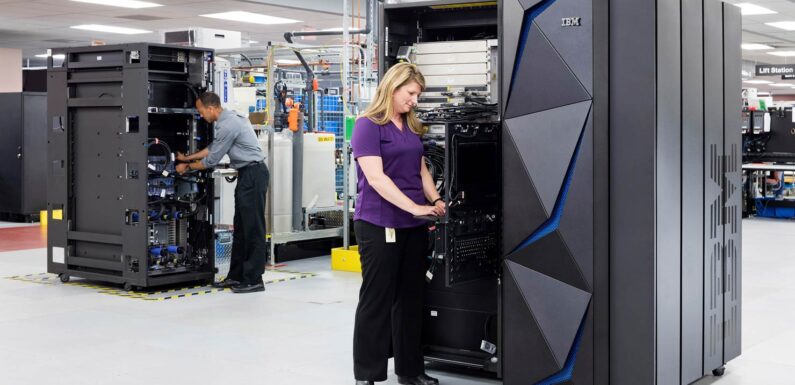
Businesses come and go, and they take with them old and obsolete business trends and practices, but they also give way to new methods and processes. In today’s business landscape, these new ways of working are tied to new technologies. In fact, many of them have been enabled by technological innovation. Changes come at a blinding pace, however; what’s innovative today will be obsolete in a few months or years. As such, companies should find ways to adapt to modern technologies and leverage them to help achieve business goals.
All of today’s businesses are digital, in one way or another. The benefits of cloud-based services are evident for both small-scale and larger businesses. So much so, that it has been the go-to solution for most due to its accessibility, convenience, and high availability. Most cloud computing providers also provide specific services without the need to invest in an entire platform. This makes it a practical alternative to larger and more expensive on-premise systems that can be challenging to maintain in the long run. Online businesses and eCommerce websites get the most benefit from the cloud as it provides the software and tools needed at a fraction of the cost.
There is still something to be said about old technology or what is commonly referred to as “legacy systems.” Case in point: the mainframe. Despite being a technological marvel from decades ago, it holds up until today by providing computing power that rivals, and often outperforms, today’s more modern systems. It’s not surprising to hear the concept of mainframe modernization when discussing digital transformation because the mainframe remains a staple for larger enterprises that require its power to process enormous amounts of data each day.
The banking and eCommerce industries still rely on mainframes because it’s able to process 2.5 billion transactions each day. Mainframes handle almost 90% of credit card transactions globally and are integrated into online banking and payment systems.
“Old” is Not “Obsolete”
Data is considered the lifeblood of artificial intelligence (AI), and companies are constantly looking for ways to manage data and wield its power for the benefit of both consumers and businesses. There is, however, a great source of valuable data that’s often overlooked. Mainframe systems hold data that go back decades—data that can be used to enrich what’s available today. The main issue is compatibility; most modern technologies aren’t compatible with mainframes and working with them could pose challenges along the way.
The benefits far outweigh these challenges, though, and the integration of artificial intelligence (AI) and automation has proved beneficial in many aspects of business, including inventory monitoring, data mining, and robot automation. This is why the mainframe remains relevant, with its power that enables it to run high-value business logic. Mainframe modernization will empower businesses to combine the power of the old with the innovation of the new.
The modernization of a tried-and-tested system will allow it to be integrated into newer systems, leading to long-term business benefits, including the following:
1. Modernization of legacy stacks
Many critical business applications face compatibility issues because they were written using COBOL code. Mainframe modernization integrates these applications with modern distributed applications by making them available from modern API’s.
2. Reduced costs of MIPS (million instructions per second)
The cost is one of the many reasons why companies prefer more modern solutions over mainframe systems. Modernizing mainframe systems does away with this dilemma by offloading transactions into a distributed data fabric so hardware and software licensing costs are reduced.
3. Seamless cloud integration
The mainframe and the cloud are not mutually exclusive, and believing so leads to a host of missed opportunities. Allowing them to coexist lets each system leverage the strengths of the other, helping in the creation of a private cloud environment.Mainframe systems also possess many of the cloud’s best characteristics, including large amounts of memory, huge storage capacities, and workload virtualization capabilities.
4. Creation of business value
Cognitive automation is a main feature of mainframe modernization that combines AI processes like machine learning, natural language processing, data mining, and emotion recognition to automate business processes. This also helps in improving business processes cycle times and driving quicker deployment of new applications and features.
5. Increased flexibility of systems
Integrating legacy systems with modern solutions gives them the power to be more nimble and easily scalable. Through mainframe modernization, common maintenance issues are addressed and costs are reduced while relevant system updates help manage regulatory compliance and security risks.
The Mainframe of the Future
The cloud is undeniably one of the best digital solutions available today, but it’s a mistake to think that it’s the only feasible one. Ironically, what’s heralded as the cloud’s best and most innovative features have been present and in use for decades via mainframe systems. It won’t be too far-fetched to think that the mainframe is “the cloud before the cloud,” since it’s one of the technologies that gave way to the cloud computing known today.

